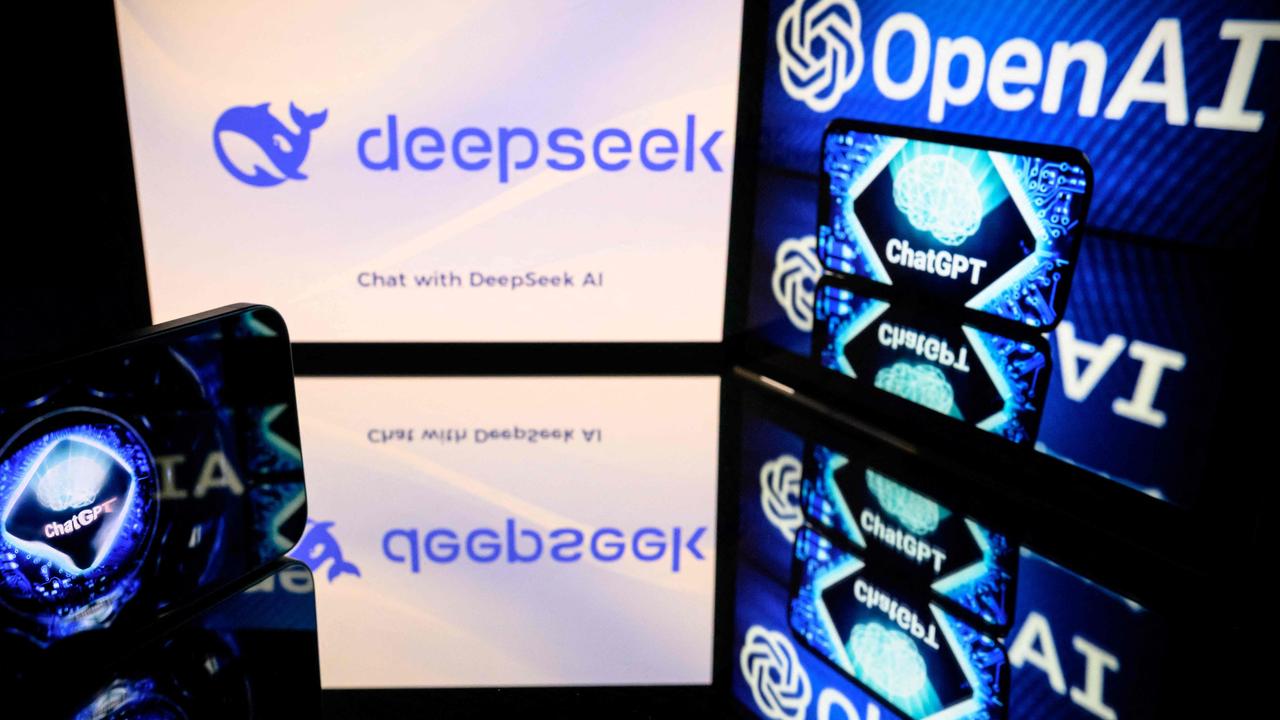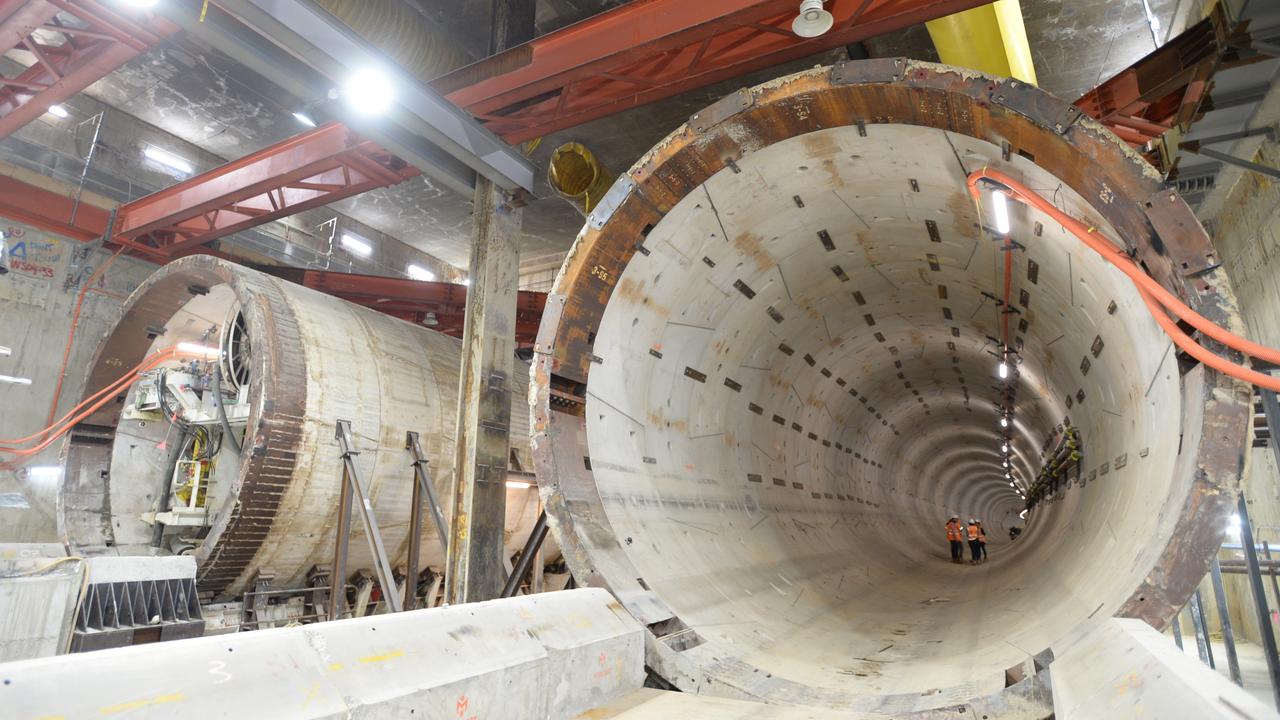Neumann Space is poised to blast off after impressing NASA rocket scientists
The top minds at NASA’s Jet Propulsion Laboratory are hard to impress but SA’s Neumann Space caught their attention with its metal-fuelled plasma drive for satellites.
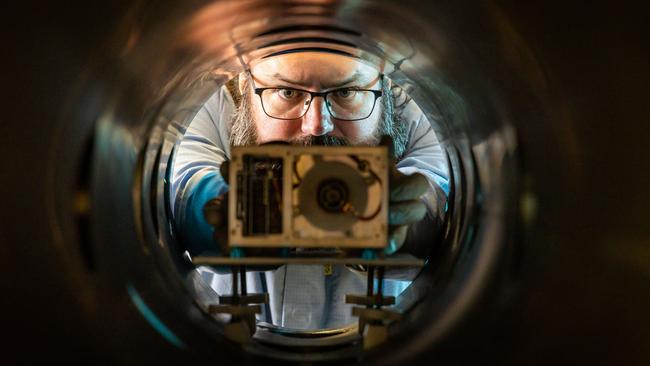
It’s probably fair to say that the top minds at NASA’s Jet Propulsion Laboratory are fairly hard to impress.
But when you pull a fully operational, metal-fuelled, plasma satellite propulsion system out of your carry-on – it gets the job done, Neumann Space chairman Peter Schultz laughs.
The story of how Mr Schultz and company chief executive Herve Astier came to be in that room, pitching to the biggest space organisation on the planet, is one of serendipity, coincidence and the power of personal connections.
It is also the story of how far Adelaide-based company Neumann Space has come, from Dr Paddy Neumann’s invention of the Drive, which was patented in 2015, to the point where the company is now looking towards commercial production and scale up of manufacturing.
Mr Schultz was introduced to the company by his son James Schultz, chief executive of the Grant King-chaired GreenCollar carbon farming business.
Schultz the younger had become interested in remote monitoring for obvious reasons, and heard about Dr Neumann and his new drive system.
James invested in the company, despite some reservations from his father, and when he asked for advice a few years into the piece, Peter found his long career as a mechanical engineer and chief executive working in the ophthalmic lens, precision optics and laser areas stood him in good stead.
“I had a read of the patent and surprisingly, I actually understood the technology,’’ Mr Schultz said.
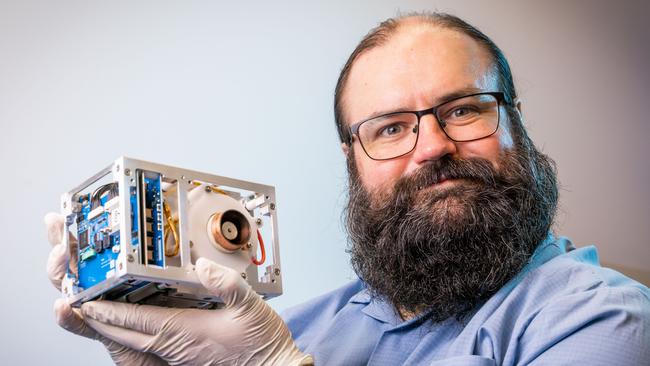
“I went down to Sydney University where Paddy was working in the basement of the physics department, and I said, almost sheepishly, this looks like a vacuum deposition machine.’’
The production of precision optics often requires the use of thin-film coatings which uses the same technology – which Mr Schultz had been working with as part of the businesses Sola Optical and also Laubmann and Pank both of whom were founded by his family – since about 1976.
He was also the managing director of a company called Laser Dynamics which was spun out of the University of Queensland.
Fair to say there was a meeting of minds, and for the past four years, Mr Schultz has been bringing his business acumen together with the physics genius of Dr Neumann, who was named Australian Scientist of the Year in 2022.
Mr Schultz said the company had been working hard, particularly over the past two years, to assemble teams both on the engineering and business sides, which could fulfil the potential of Dr Neumann’s invention.
One of the holy grail’s for the company was unsurprisingly an audience with NASA’s JPL.
Mr Schultz said as a stroke of luck, he was having dinner with one of his former employees.
“She said, oh, I have a friend who works at JPL, did I ever tell you?
“I said ‘no’. I googled him and he was the head of propulsion. I said “I can’t believe you haven’t told me.’’
A meeting was set up, and the Neumann Space team headed over to Caltech for their pitch.
The big boss at JPL understood the concept of the drive, and asked them if they had anything they could show the team.
“We have actually … we pull out this case and open up it up and inside is a drive,’’ Mr Schultz said.
“We carry it all around the world as carry on.
“They think it’s a 3D-printed model. No – this is a fully fuelled operational drive, ready to bolt on to a satellite. Their jaws dropped.’’
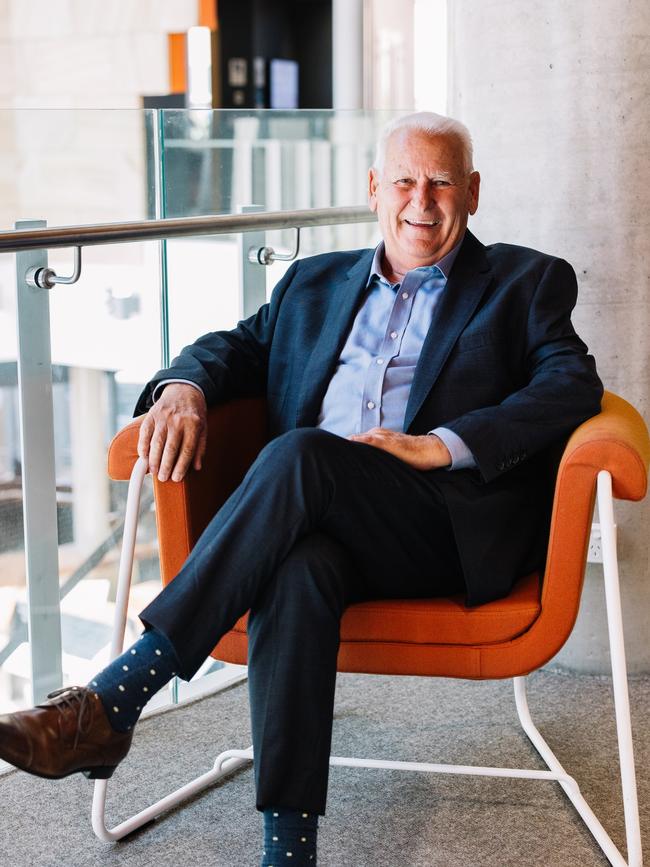
The company has also had meetings with Lockheed Martin and other major companies in the aerospace sector.
“We’ve got quite a few collaboration agreements and partnerships with businesses in the US,’’ Mr Schultz said.
“To get these big companies and primes starting to talk with us, we’re now a serious operation.’’
The Neumann Drive has some particularly interesting qualities which make it attractive, and its timing also could not be better.
Mr Schultz said a recent FCC ruling in the US has mandated that all satellites which traverse the US must have the ability to deorbit, in order to manage the issue of space junk.
Naturally this means they must have a propulsion system.
The Neumann Drive, which uses solid-state metal as a fuel, is not only expected to be very reliable over time, it also, in combination with technology developed by another company, has the ability to use metal from recycled space junk harvested in orbit as a fuel.
Mr Schultz said the EU was likely to follow the lead of the US, and with 90 per cent of satellites currently not equipped with suitable propulsion mechanisms, the opportunity was large.
Mr Schultz said one of the company’s main competitors had so far put 146 devices into space, and only one was still working, indicating the difficulties which come with using liquid propellants and operating in such harsh environments.
Neumann was also testing its Drive under the 10,000 G forces which SpinLaunch’s land-based launch technology generates, and says so far things are looking good.
Mr Schultz said as the Drive moved into the commercial phase, there was the ability to scale up manufacturing, and with the device relatively simply to make, the company expects margins to be good.
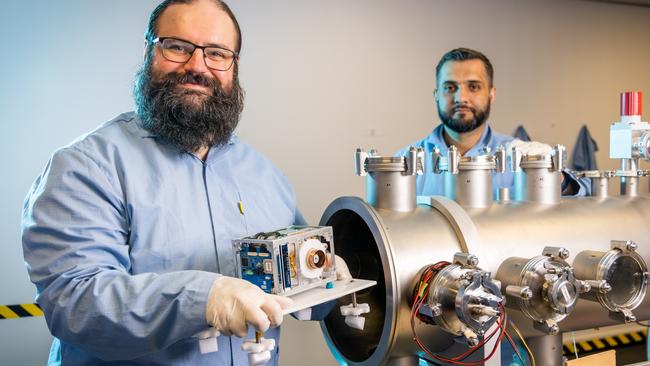
The company is not in funding raising mode at the moment, however Mr Schultz said with space an “expensive game’’ that would likely come.
“And we’re also clearly in a race,’’ he said.
“Everybody else knows about the deorbiting thing … but I feel very confident at this point in time that we’re ahead of the game and we want to make sure that nobody closes the gap.
“It’s exciting. I think in a few years, we’ll be amazed at how much this business is actually worth.’’
The milestones for the near future, as Mr Schultz puts it, involve getting their devices into space.
“We’ve got a busy schedule for next year getting as many as we can into space as we can,’’ he said.
Neumann Space in March announced it had integrated the Neumann Drive on to fellow Australian company Skykraft’s satellite, with that asset scheduled for a launch into space mid-year.
It is also scheduled for inclusion on a launch of The University of Melbourne Space Laboratory’s Space Industry Responsive Intelligent Thermal (SpIRIT) nanosatellite, developed by Adelaide-based Inovor, expected late this year.


